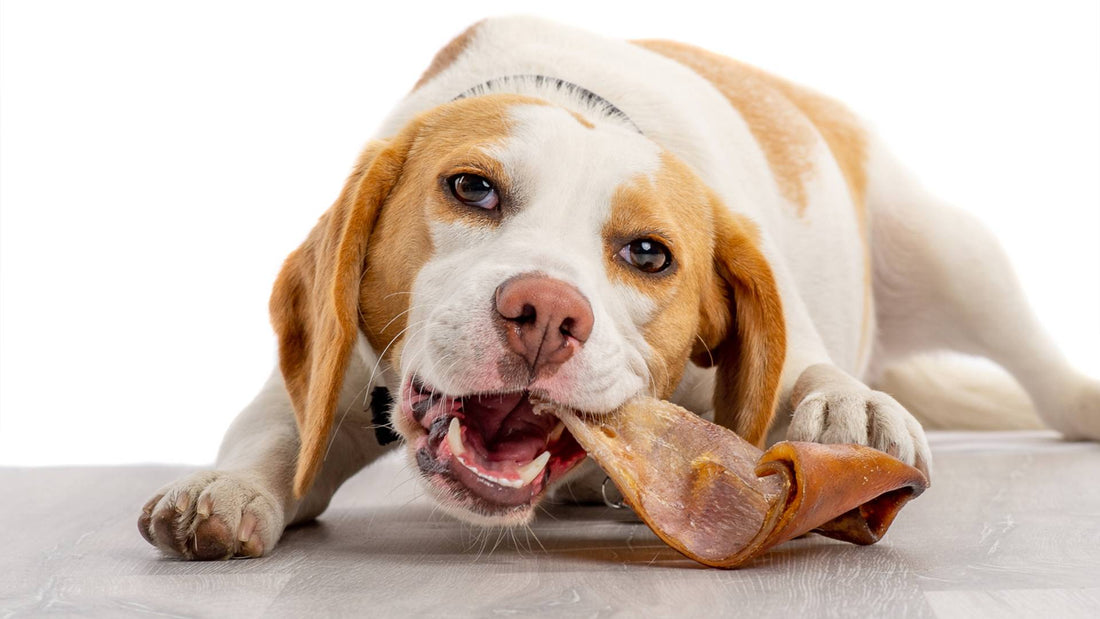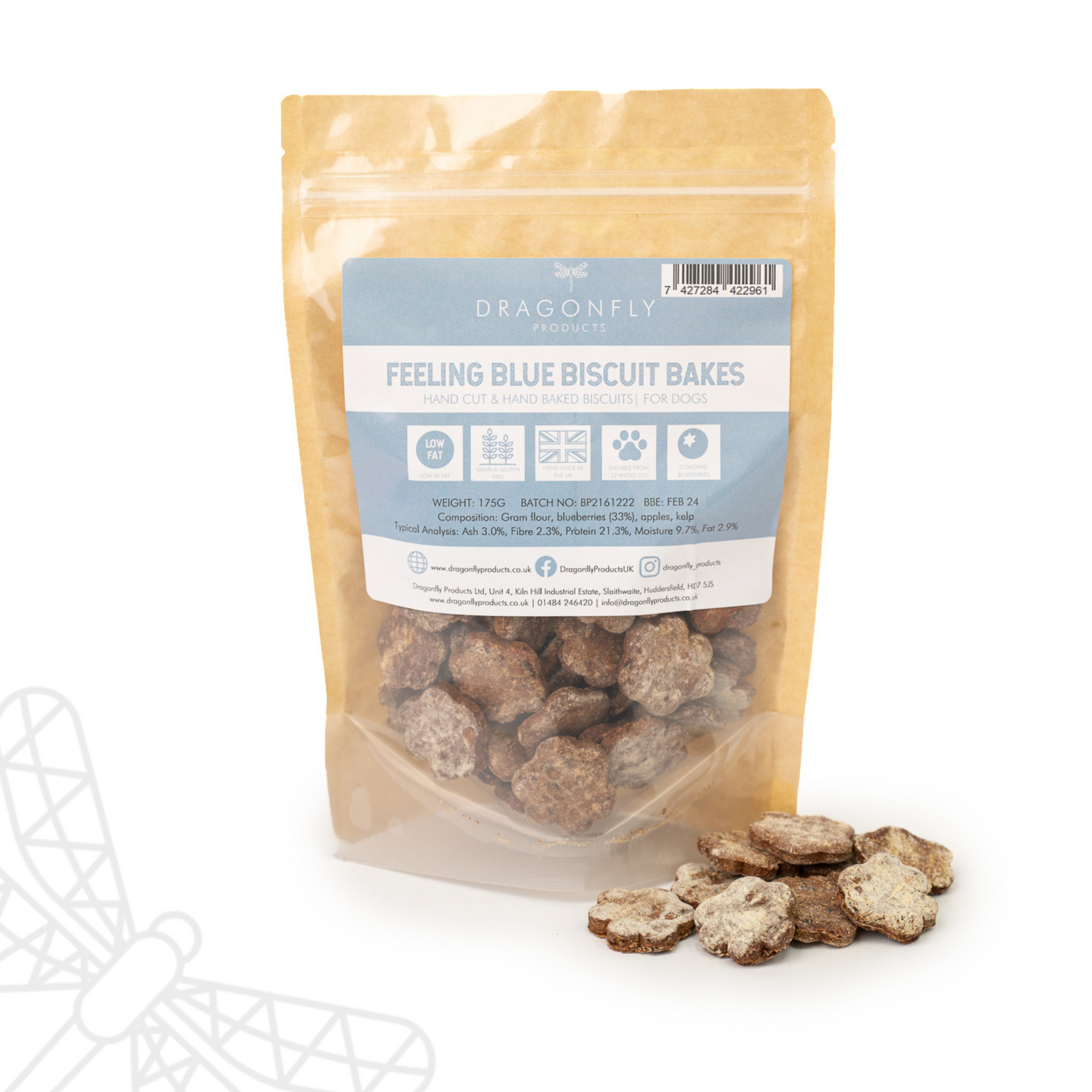
Are Pigs Ears Safe For Dogs? A Healthy Alternative To Rawhide
Pig ears are a popular treat among dog owners. However, there are several questions that arise regarding their safety, benefits, and suitability for dogs. This comprehensive guide will address all aspects of pig ears as a treat for your dog.
Table of Contents
- Are Pig Ears Good for Dogs?
- Are Pig Ears Safe for Dogs?
- How Are Pig Ears Produced?
- What Are the Benefits of Pig Ears for Dogs?
- Do Pig Ears Smell?
- How Often Can I Give My Dog a Pig Ear?
- How Long Will a Pig Ear Last My Dog?
- Can Puppies Have Pig Ears?
- What Are the Alternatives to Pig Ears?
Are Pig Ears Good for Dogs?
Pig ears are good for dogs in moderation. They are a natural, single-ingredient treat that many dogs find highly palatable. Made primarily of cartilage, pig ears are high in protein and fat, which can make them a tasty and satisfying chew for dogs. Additionally, the act of chewing on pig ears can help promote dental health by scraping away plaque and tartar buildup on a dog's teeth.
However, because of their high fat content, pig ears are calorie-dense, which can contribute to obesity if fed in excess. It's essential to consider the overall caloric intake of your dog and factor in the pig ear treat as part of their daily diet. For dogs with specific dietary restrictions or conditions like pancreatitis, pig ears may not be the best choice due to their fat content.
Are Pig Ears Safe for Dogs?
Safety is a key concern when it comes to feeding pig ears to dogs. While many dogs can enjoy pig ears without any issues, there are some potential risks to be aware of:
-
Choking Hazard: Pig ears can pose a choking risk, especially if your dog is a strong chewer or tries to swallow large pieces. Always supervise your dog when they are chewing on pig ears and ensure that they are chewing the treat thoroughly before swallowing.
-
Digestive Upset: Some dogs may experience digestive upset, such as diarrhoea or vomiting, after eating pig ears, especially if they are not used to such rich treats. It's important to introduce pig ears gradually and observe how your dog responds.
-
Obesity and Pancreatitis: As mentioned earlier, the high fat content of pig ears can contribute to obesity and may trigger pancreatitis in susceptible dogs. This is particularly important for dogs with a history of pancreatitis or those who are overweight.
How Are Pig Ears Produced?
The production process of pig ears typically involves several steps:
-
Sourcing: Pig ears are sourced from pigs that are raised for meat production. The ears are by-products that would otherwise go to waste.
-
Cleaning: The pig ears are thoroughly cleaned to remove any debris, hair, or other contaminants.
-
Boiling: The ears are boiled to remove excess fat and to soften the cartilage. Boiling also helps to kill any harmful bacteria.
-
Drying or Baking: After boiling, the ears are either air-dried or baked at a low temperature until they reach the desired texture. This drying process ensures that the ears are fully dehydrated, making them shelf-stable and less likely to spoil.
-
Packaging: Once dried, the pig ears are packaged for sale. Some may be treated with preservatives to extend their shelf life - always read the label. Not all pigs ears are created equal!

What Are the Benefits of Pig Ears for Dogs?
Pig ears offer several benefits for dogs, including:
-
Dental Health: Chewing on pig ears can help to reduce plaque and tartar buildup by mechanically scraping them away as a dog chews, promoting better oral hygiene.
-
Mental Stimulation: Chewing is a natural behaviour for dogs, and pig ears can provide a healthy outlet for this instinct. The act of chewing can keep dogs occupied and mentally stimulated, reducing boredom and associated behavioral issues.
-
Protein Source: Pig ears are rich in protein, which is essential for maintaining muscle mass, energy levels, and overall health.
-
Joint Health: The cartilage in pig ears contains collagen, which can be beneficial for joint health, particularly in older dogs or those prone to joint issues.
Do Pig Ears Smell?
Pig ears do have a natural meaty odour, which some dog owners find unpleasant. The smell can vary depending on the production process and the freshness of the treat. If the smell is a concern, consider storing pig ears in an airtight container to minimise the odour.
How Often Can I Give My Dog a Pig Ear?
The frequency at which you can give your dog a pig ear depends on several factors, including their size, age, and overall health. Generally, pig ears should be considered an occasional treat rather than a daily snack. For small dogs, offering a pig ear once or twice a week may be sufficient. Larger dogs may tolerate more frequent treats, but it's still important to monitor their overall caloric intake and adjust their regular meals accordingly.
It's also important to consider the size of the pig ear relative to your dog's size. For smaller dogs, you might want to offer only a portion of a pig ear at a time or choose a smaller pork based treat such as pig ear bites & pieces which is made of the smaller inner porrtion of the ear.
How Long Will a Pig Ear Last My Dog?
The duration a pig ear lasts can vary depending on the size and chewing habits of your dog. For light chewers or small dogs, a pig ear can last for several hours or even multiple chew sessions. For larger or more aggressive chewers, a pig ear may be consumed within minutes. Always supervise your dog while they are chewing to ensure they do not choke or swallow large pieces.

Can Puppies Have Pig Ears?
Puppies can have pig ears, but there are some important considerations. We recommend pigs ears from 16 weeks plus:
-
Size and Hardness: Puppies, especially those with baby teeth, may find pig ears too hard to chew. It's important to choose smaller, softer treats that are appropriate for their developing jaws.
-
Digestive Sensitivity: Puppies have more sensitive digestive systems than adult dogs. Introduce pig ears slowly and in small amounts to avoid any gastrointestinal upset as they are high in fat and extremely rich.
-
Supervision: As with adult dogs, it's crucial to supervise puppies while they are chewing on pig ears to prevent choking.
In general, it may be best to wait until your puppy's adult teeth have come in before introducing pig ears, or choose smaller, softer chews designed specifically for puppies.
What Are the Alternatives to Pig Ears?
If you're looking for alternatives to pig ears, there are several other natural chews available:
-
Beef Trachea: A similar texture to pig ears, beef trachea is rich in cartilage and a good source of glucosamine and chondroitin, which support joint health.
-
Bully Sticks: Made from dried bull pizzle, bully sticks or pizzles are a popular long-lasting chew that is high in protein.
-
Lamb Horns: A long lasting, low odour lamb horn chew that satisfies a dog's need to gnaw without added calories or fats.
-
Antlers: Deer antlers are very hard and can last a long time, making them suitable for aggressive chewers.
In conclusion, pig ears can be a great treat for many dogs when given in moderation and with proper supervision. Always consider your dog's individual health needs and chewing habits when choosing treats.
For any further help and advice please contact us on 01484 246420 and why not join our social media channels and online community on Instagram, Facebook or YouTube.
With Wags and Woofs,
Laura, Dolly & Reggie






